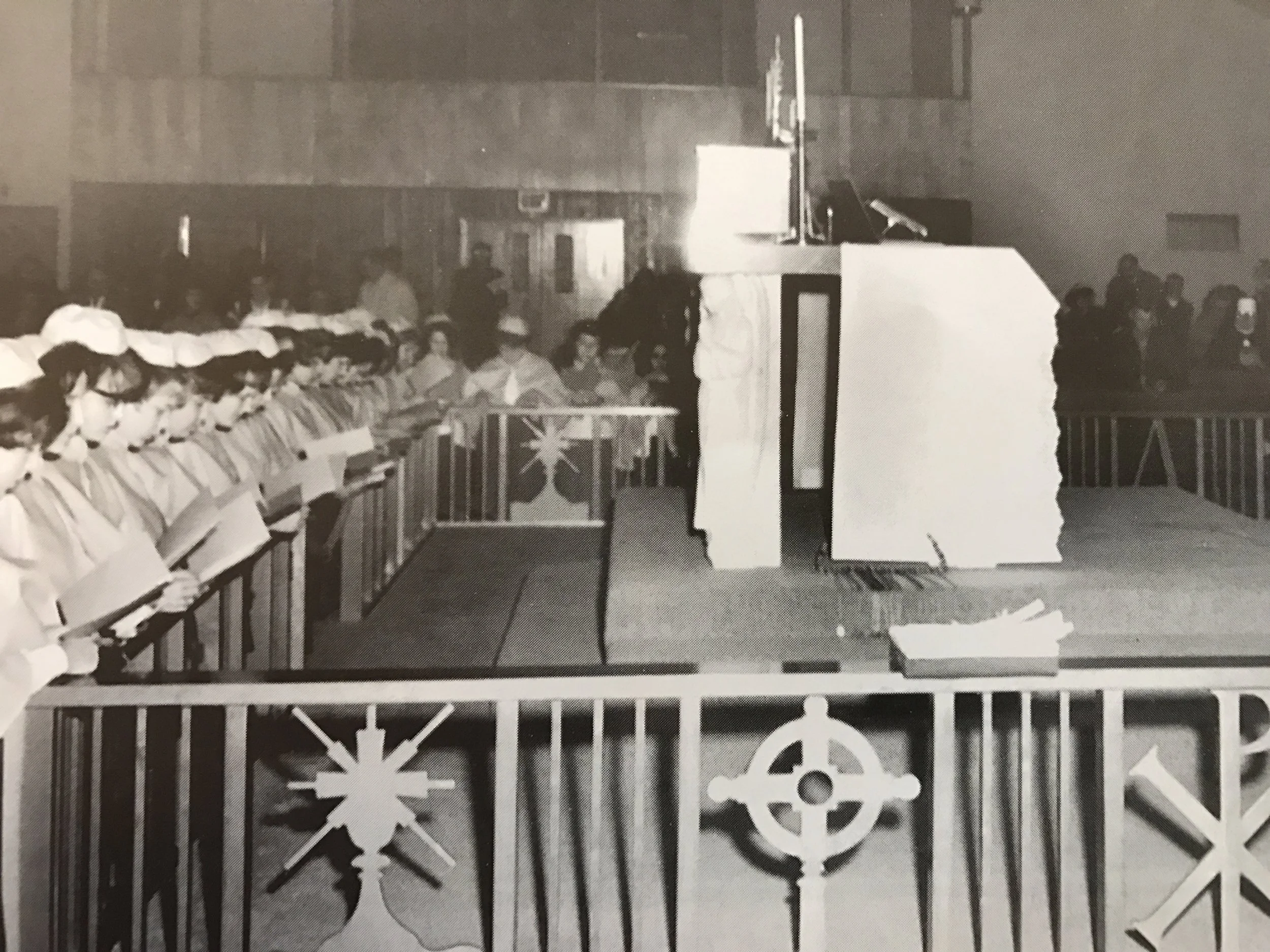Dear Parishioners,
Last week at the end of the announcements at the 11 AM Mass, I made known my hope regarding this year’s Super Bowl. I exclaimed, “Go Falcons!” Instantaneously, I received back some cheers and laughter. After exiting the Church and then encountering the community as they were leaving, I was greeted with a multiplicity of cheers and laughter as well as some who exclaimed, “Go Pats!” It was all in fun and while differing in views with regard to the team for which would be rooting, it was a win all around. In those moments last Sunday, we exemplified what Pope Francis had encouraged us to be and do. That’s right. The Pope recorded a short video message for people who were going to experience the Super Bowl. Here’s what he said:
Great sporting events like today’s Super Bowl are highly symbolic, showing that it is possible to build a culture of encounter and a world of peace. By participating in sport, we are able to go beyond our own self-interest - and in a healthy way - we learn to sacrifice, to grow in fidelity and respect the rules. May this year’s Super Bowl be a sign of peace, friendship and solidarity for the world. - Pope Francis, February 5, 2017
Overall, the game turned out to demonstrate all of these signs. Moreover, it was filled with displays of the classical Seven Christian Virtues: Prudence, Justice, Fortitude, Temperance (see Catechism of the Catholic Church #1805), Faith, Hope, and Charity (ibid. #1813). Mastering them makes one an excellent athlete, and more so, an excellent example of a Christian. In fact, it would be a very productive conversation to discuss each of these virtues in light of the game and to hone one’s vision about these virtues, not only in watching or participating in sport, but striving to live them out in our own lives.
Sport has been a very effective vehicle to battle injustice. A powerful example of this was dramatized in the Clint Eastwood directed movie, “Invictus,” starring Matt Damon and Morgan Freeman. It depicts how the newly elected Nelson Mandela forgave his oppressors who jailed him due to his opposition to Apartheid and used rugby as a vehicle to unify South Africa. I highly recommend this movie. It is rated PG-13, so parents should use their discretion with their children in viewing the movie. Other sport-related movies I have found which exemplify these virtues are“Rudy,” “The Blindside,” “Radio,” “We Are Marshall,” and “Remember the Titans.” Okay… yes, these are all about football. Did I mention that I liked football?
In sport as in life, the desire is for excellence. And while there were also counter examples of each of these virtues (traditionally call the Cardinal Sins and which we should rightfully reject) in the Super Bowl, St. Paul to the Philippians gives us good advice:
Finally, brothers, whatever is true, whatever is honorable, whatever is just, whatever is pure, whatever is lovely, whatever is gracious, if there is any excellence and if there is anything worthy of praise, think about these things. Keep on doing what you have learned and received and heard and seen in me. Then the God of peace will be with you. - Phil. 4:8-9
St. Paul was not ignorant of the lessons and examples that sport can offer Christians. He even wrote about life as “running the race that lies before us while keeping our eyes fixed on Jesus, the leader and perfecter of faith” (Heb. 12:1-2). He wrote of enduring our trials as “discipline” (Heb. 12:7). Again, the connection of sport with the Christian life is clear.
Personally, I detest poor sportsmanship probably because of my own experience with injustice, greed, and the other Cardinal Sins. So, when I watch sporting events, I look purposefully for all the Christian Virtues, for I recognize my need to have examples of real people, more than superhero-fiction, who can encourage me and challenge me to greatness, not just for my own sake, but for the sake of being who God call me to be. When we live out who we are called to be, when we live as the saints God desires us to be, we ultimately give glory to God, a purpose greater than sport, indeed, a purpose greater than all other purposes.
Blessings,
Fr. William Holtzinger
Pastor
p.s. Congratulations to the New England Patriots!















